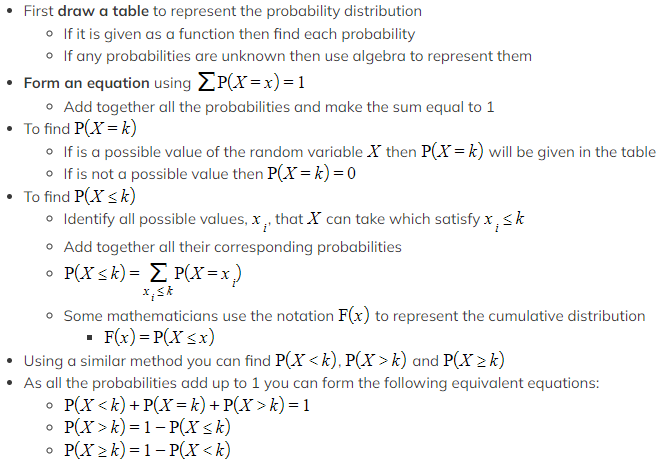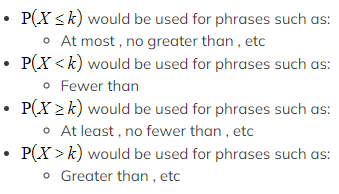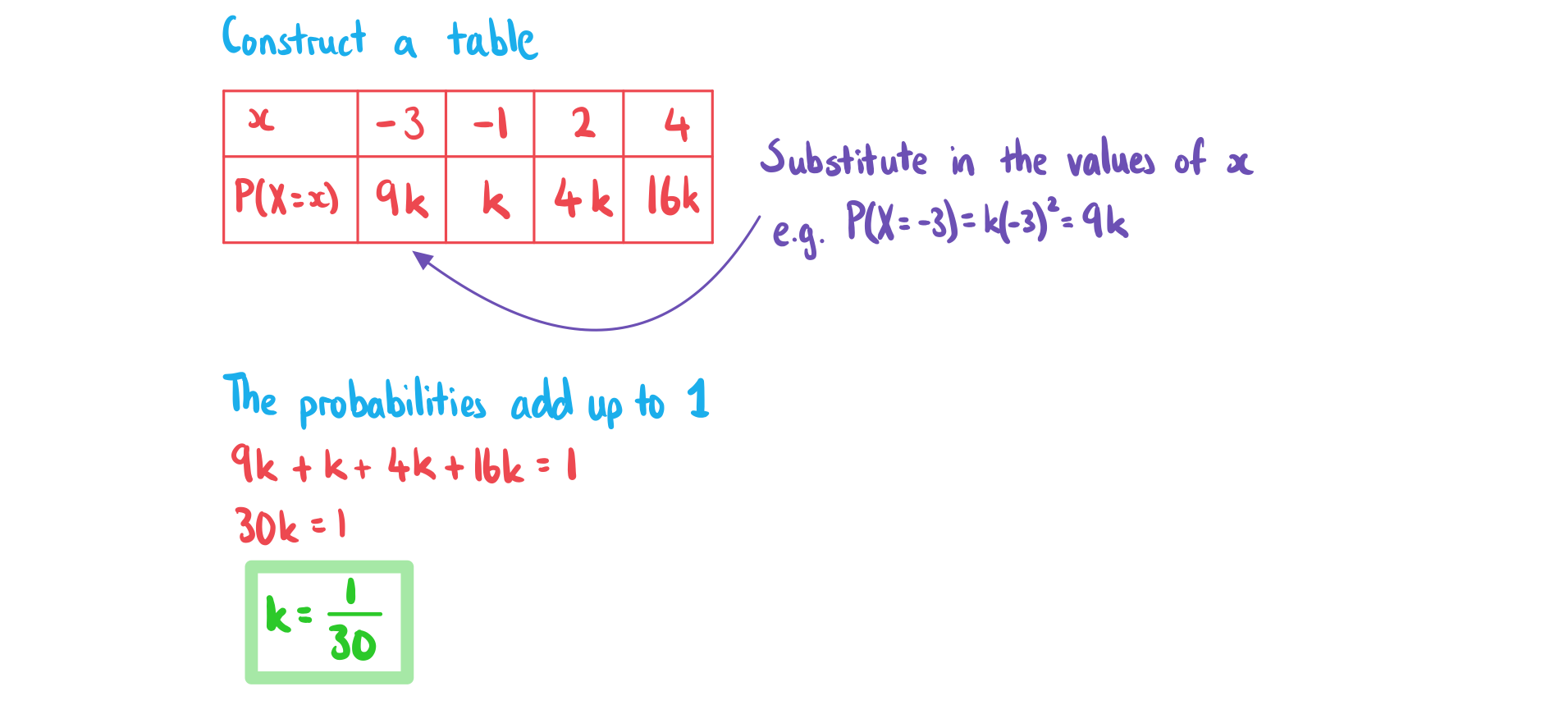- 翰林提供学术活动、国际课程、科研项目一站式留学背景提升服务!
- 400 888 0080
IB DP Maths: AA HL复习笔记4.4.1 Discrete Probability Distributions
Discrete Probability Distributions
What is a discrete random variable?
- A random variable is a variable whose value depends on the outcome of a random event
- The value of the random variable is not known until the event is carried out (this is what is meant by 'random' in this case)
 A discrete random variable (often abbreviated to DRV) can only take certain values within a set
A discrete random variable (often abbreviated to DRV) can only take certain values within a set
- Discrete random variables usually count something
- Discrete random variables usually can only take a finite number of values but it is possible that it can take an infinite number of values (see the examples below)
- Examples of discrete random variables include:
- The number of times a coin lands on heads when flipped 20 times
- this has a finite number of outcomes: {0,1,2,…,20}
- The number of emails a manager receives within an hour
- this has an infinite number of outcomes: {1,2,3,…}
- The number of times a dice is rolled until it lands on a 6
- this has an infinite number of outcomes: {1,2,3,…}
- The number that a dice lands on when rolled once
- this has a finite number of outcomes: {1,2,3,4,5,6}
- The number of times a coin lands on heads when flipped 20 times
What is a probability distribution of a discrete random variable?
- A discrete probability distribution fully describes all the values that a discrete random variable can take along with their associated probabilities
- This can be given in a table
- Or it can be given as a function (called a discrete probability distribution function or "pdf")
- They can be represented by vertical line graphs (the possible values for along the horizontal axis and the probability on the vertical axis)
- The sum of the probabilities of all the values of a discrete random variable is 1
 How do I calculate probabilities using a discrete probability distribution?
How do I calculate probabilities using a discrete probability distribution?
 How do I know which inequality to use?
How do I know which inequality to use?
 Worked Example
Worked Example


![]()

转载自savemyexams
在线登记
最新发布
翰林课程体验,退费流程快速投诉邮箱: yuxi@linstitute.net 沪ICP备2023009024号-1









